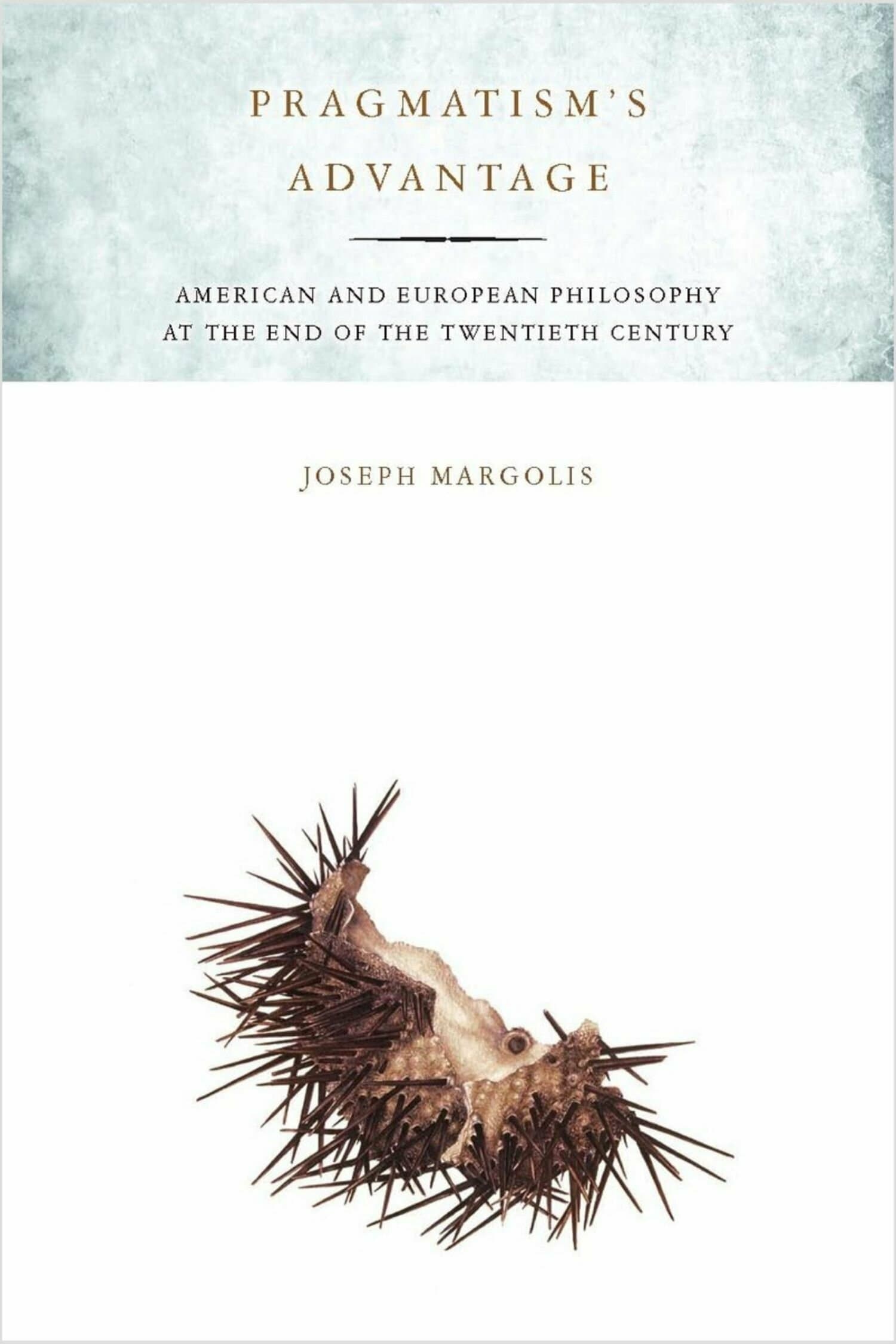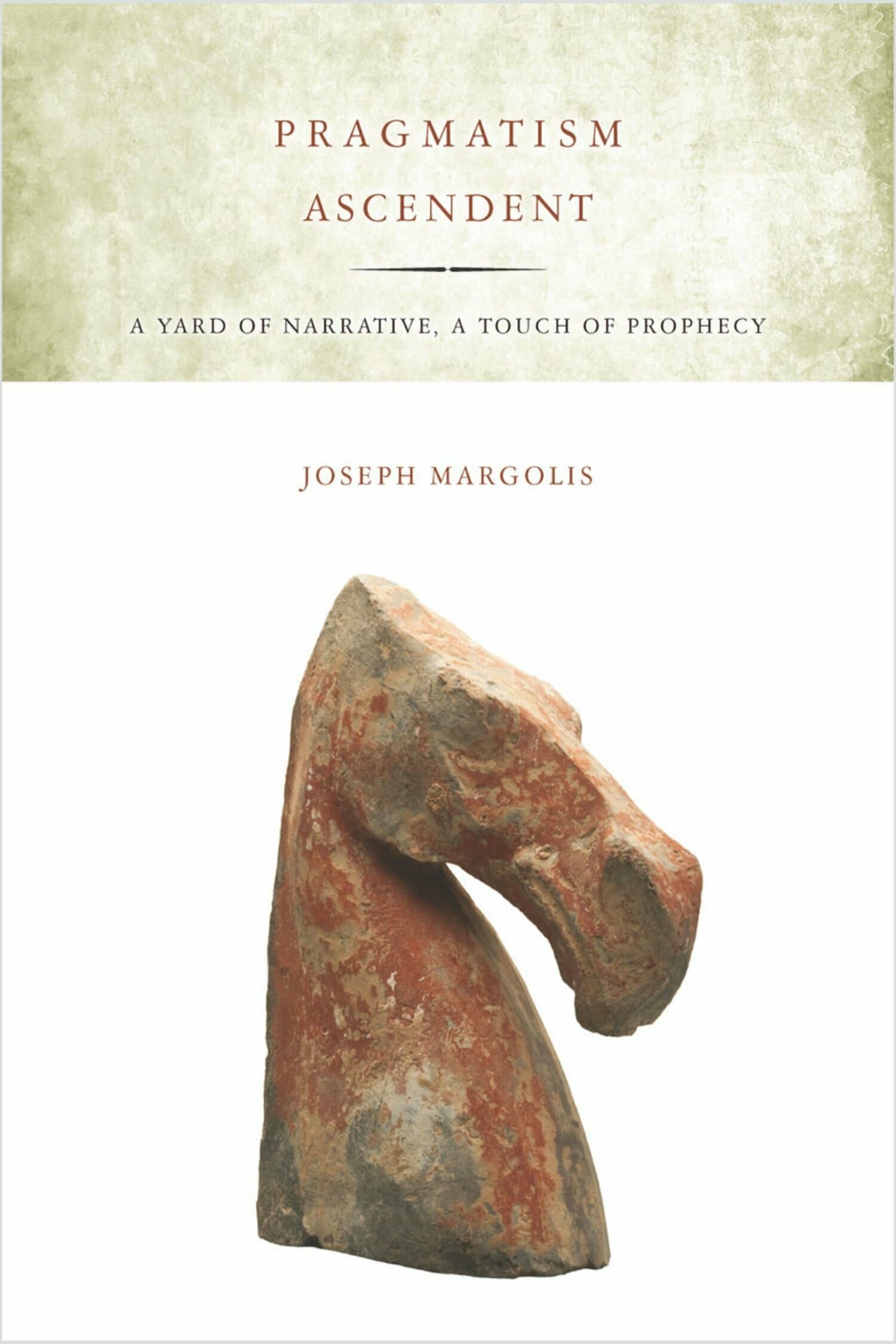The Arts and the Definition of the Human

The Arts and the Definition of the Human introduces a novel theory that our selves—our thoughts, perceptions, creativity, and other qualities that make us human—are determined by our place in history, and more particularly by our culture and language. Margolis rejects the idea that any concepts or truths remain fixed and objective through the flow of history and reveals that this theory of the human being (or "philosophical anthropology") as culturally determined and changing is necessary to make sense of art. He shows that a painting, sculpture, or poem cannot have a single correct interpretation because our creation and perception of art will always be mitigated by our historical and cultural contexts. Calling upon philosophers ranging from Parmenides and Plato to Kant, Hegel, and Wittgenstein, art historians from Damisch to Elkins, artists from Van Eyck to Michelangelo to Wordsworth to Duchamp, Margolis creates a philosophy of art interwoven with his philosophical anthropology which pointedly challenges prevailing views of the fine arts and the nature of personhood.
"Margolis is in the unique position of knowing both contemporary continental and analytical philosophy, and one of the great merits of this book is its creative bridging of the two. The Arts and the Definition of the Human is a signal work of very high accomplishment that crowns the career of a distinguished philosopher justly celebrated for his many substantial contributions to the philosophy of art and to many other philosophical domains."—Edward S. Casey, Stony Brook University




